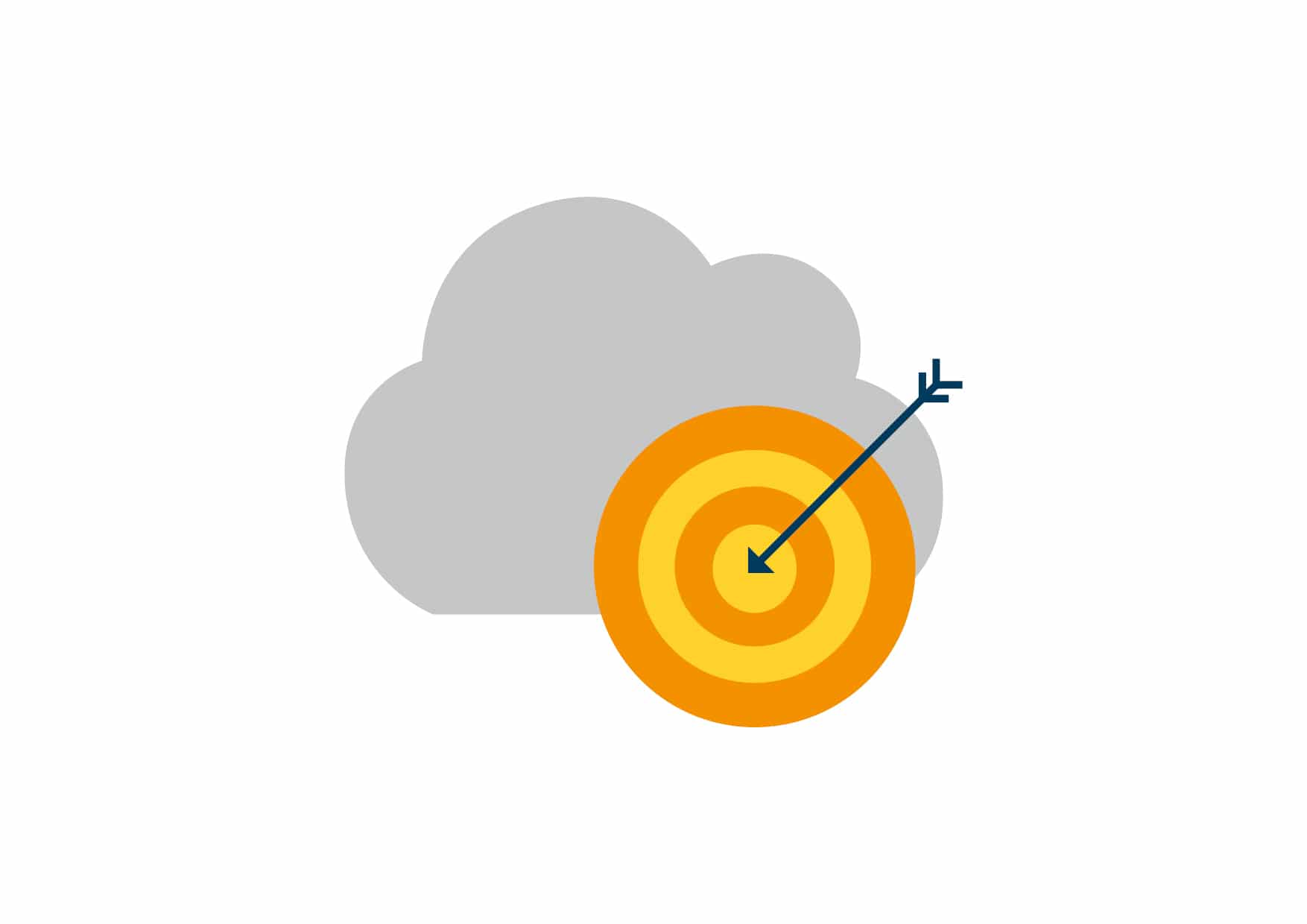Strategy
The challenges and opportunities of a clean-core architecture
Companies are faced with a variety of strategic options when it comes to designing their SAP system landscape. In addition to the clean core strategy, there are several approaches that companies can opt for.
Which strategy is the right one depends heavily on the specific business requirements, the technological goals and the willingness to standardize or individualize.
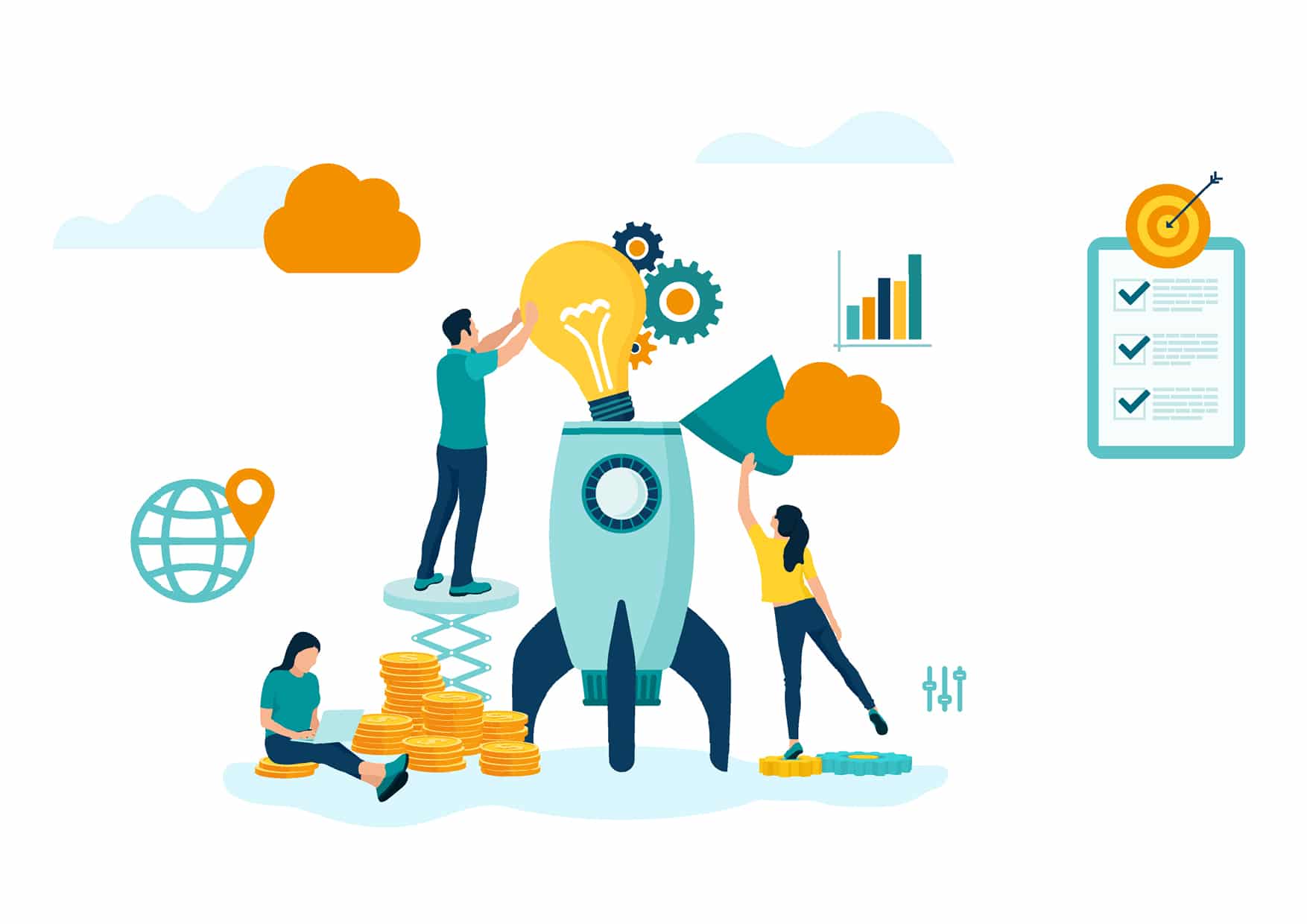
Hybrid cloud and clean core: strategies for a future-proof IT landscape
The hybrid cloud strategy and side-by-side expansion in combination with the clean core approach are among the preferred strategies recommended by SAP - especially for companies that want to ensure their long-term sustainability. "These approaches are also the most widespread among our customers," says Jonas Niedrig, Project Manager at CLC xinteg GmbH.
The decision as to which strategy is the right one for your own SAP system landscape must be made at an early stage, particularly with regard to the migration to S/4HANA or the introduction of a new system. This is crucial as it forms the basis for the entire implementation and long-term operation. In addition to planning the system architecture, it is also important to keep an eye on cost and resource management as well as project planning.
An unclear or late strategic decision can lead to delays, significantly higher costs and an inefficient IT landscape that does not meet future business requirements.
Clean-core strategy - a practice-oriented approach
If a company opts for the clean core strategy, a thorough review of the existing applications on the SAP systems is essential. The aim is to clarify whether these applications should be migrated to S/4HANA, replaced by standard solutions or no longer required in the future.
This essential proof of concept examines the potential future option for the application landscape of the respective applications.
As "Fit for S/4HANA" and the "Clean Core" concept often mean that applications can no longer be used, a specifically expandable and technically independent alternative platform is required.
In this context, it is important to take a detailed look at the Platform as a Service (PaaS) offering "SAP Business Technology Platform (SAP BTP)" and analyze it according to your own requirements in order to optimally align your own strategy - with external support if necessary
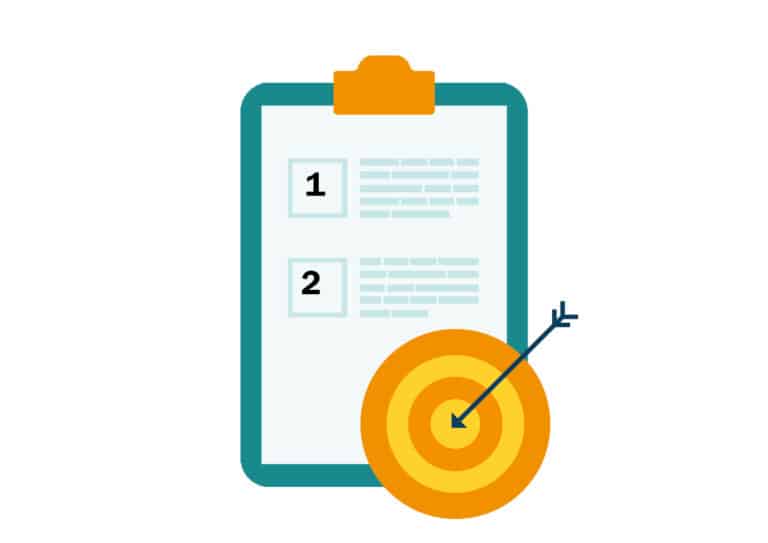
Strategy initialization in two phases
The SAP Business Technology Platform (SAP BTP) offers a comprehensive service portfolio and is suitable both as a front-end for users and as a back-end system for data storage. Thanks to the option of connecting any systems via cloud connectors, SAP BTP is also suitable for hybrid application scenarios. It also offers the option of dividing the migration into two phases.
Phase 1
Hybrid use
In the first phase, in addition to the S/4HANA greenfield approach, certain application areas can already be migrated to the cloud, while central applications remain on the SAP R/3 system.
In this phase, users work on SAP BTP, which interacts with both the SAP R/3 system and the S/4HANA system via cloud connectors and OData services.
In addition, certain data, such as project data or documents, can already be fully managed on SAP BTP. Areas such as document storage, controlling or administration can also be integrated into the platform at an early stage.
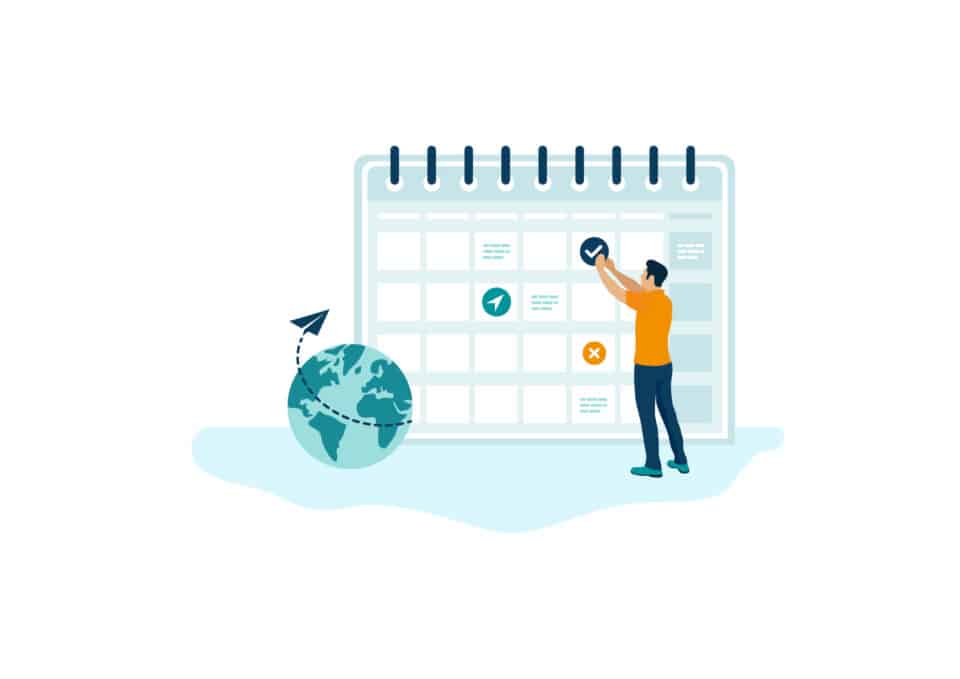
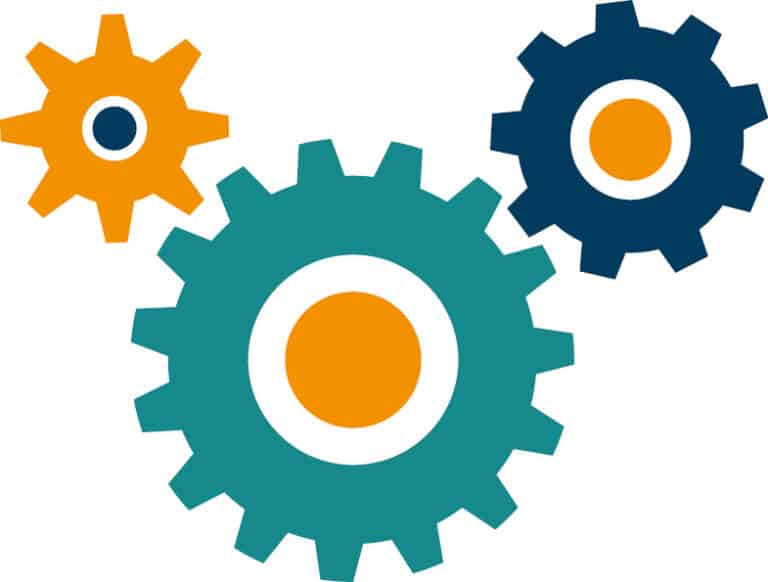
Phase 2
Complete migration
In the second phase, all data and workflows are completely decoupled from the SAP R/3 system. Data storage is completely transferred to SAP BTP, which means that the connection to the legacy system is no longer required.
The relevant master data from the S/4HANA system continues to be consumed via released OData services and processed on SAP BTP.
"This step-by-step approach makes it possible to efficiently migrate customer-specific applications in the backend and modern Fiori applications to SAP BTP - a solid path that is also ideal for hybrid approaches," says Jonas Niedrig.
Conclusion: Setting the course for future-proof IT
The clean core architecture and hybrid cloud strategies offer companies a flexible basis for designing modern SAP system landscapes. The decisive factor here is a clear strategy at an early stage that combines technological goals and business requirements.
With the SAP Business Technology Platform (SAP BTP), hybrid scenarios can be implemented efficiently and core systems can be relieved. This leads to a more maintenance-friendly and future-proof IT landscape.
If you would like to find out more about our consulting portfolio, please contact me!
Dirk Langendörfer


